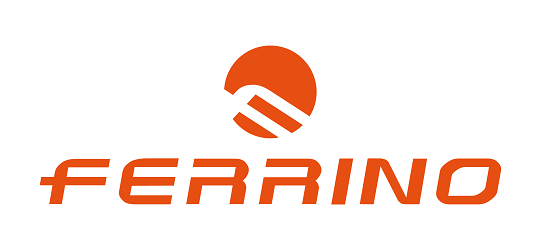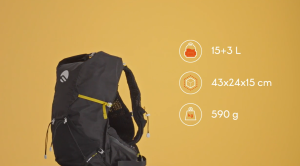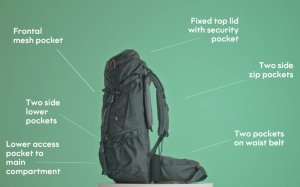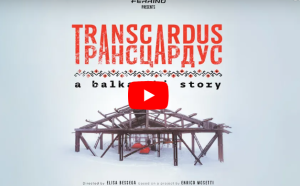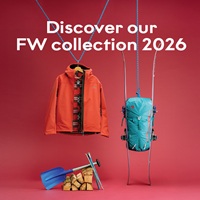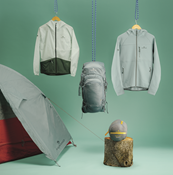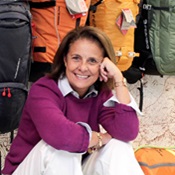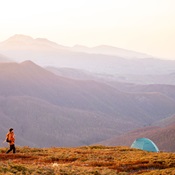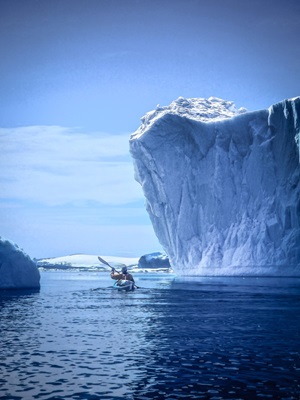
Last summer, Ferrino ambassador Matteo Della Bordella was in Greenland, in the mountains of the far north of the world, to climb a great rock face, more than 1200 metres high, on which no one had ever climbed before him and his three companions Silvan Schupbach, Alex Gammeter and Symon Welfringer.
As has now become his custom, this time too Matteo tackled his adventure ‘by fair means’, with fair means towards the wall, tackled by the four of them in the lightest possible style, without punching holes in the rock to place bolts and approaching the mountaineering target by minimising the use of motorized means.
The four reached the wall completely independently, carrying all the necessary equipment and food on board their kayaks. A mode of travel to which they are not new, but this time, says Matteo, the adventure was truly complete:
“From the village of Tasiilaq, a hunter accompanied us by boat to his hut, several dozen kilometres further south, and from there we began paddling independently, along the coast. We travelled some 300 kilometres to an old fishing outpost, now abandoned because it was too remote. On the way, we had to cope with conditions I had never encountered before: first we risked getting stuck in the still too icy sea, then we were hit by two storms, with very strong winds and waves up to three metres high. It was a total adventure, with no margin for error… a bit like free-climbing a big wall.”
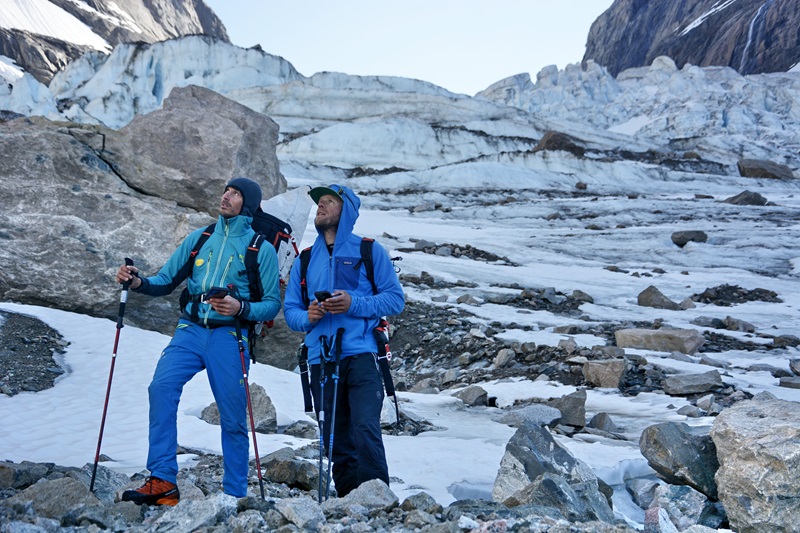
Once they reached their destination, after about ten days of navigating, the more mountaineering part of the trip began:
We were faced with an enormous and very steep wall, with a height difference of at least 1,200 metres, and we immediately had to deal with the unstable weather, which is one of the many unknowns that can determine the outcome of an expedition at those latitudes. In fact, our first three attempts to climb were interrupted after a few pitches due to the arrival of rain and snow. In the meantime, time passed and our days were numbered: we had no more than ten days to climb the route, taking into account our food reserves, which had to be sufficient for the return trip by kayak…’
Just before mid-August, the weather forecast finally looked good. Matteo and his companions returned to the wall, but, once again, things did not go in the right direction: ‘During the attempt we were hit by the Piteraq, the terrible wind that sometimes blows in Greenland, without any possibility of prediction. The gusts were fierce and sent several discharges of stones crashing down from the wall. One of these damaged one of the ropes attached to the first pitches, which snapped just as Symon was ascending. Fortunately he was still connected to another protection and the fall ended only with a big scare, but we had had enough for that day’.
When all hopes of success seemed to have vanished, the forecast announced a new window of good weather:
“On 17 August we climbed again and were finally able to play all our cards. The climb turned out to be really fantastic and not extreme, apart from a length of difficulty around 7b, which had to be tackled with very precarious protections. After two days of climbing and a bivouac on the wall, we were finally at the summit. With another bivouac and a day of rappelling, we returned to base camp. During the nights spent on the wall, Greenland gave us the spectacle of incredible northern lights. Hence the name we wanted to give the new route: Odissea Borealis”.
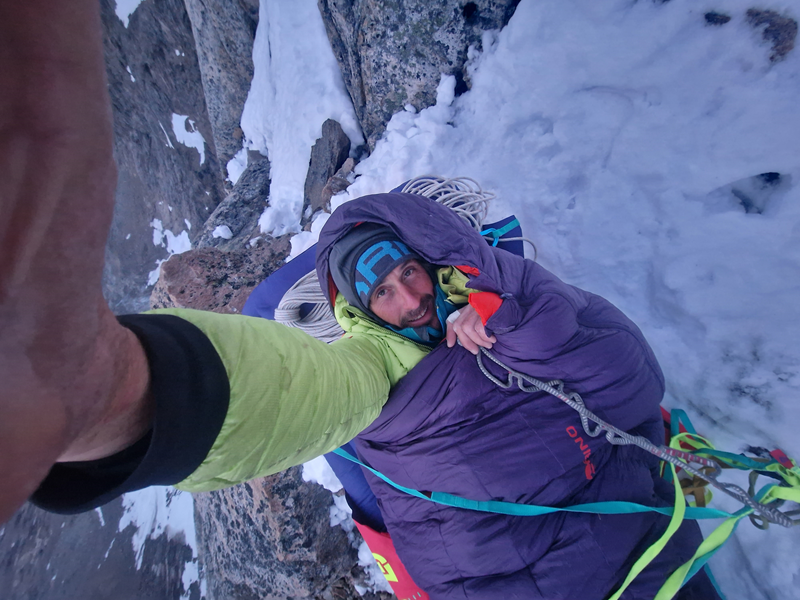
As soon as they returned from the climb, the four climbers had to put on their sailor shoes again, setting off on the long journey back by kayak: “We had now exceeded the time limit we had given ourselves for food reserves and, after a few days of navigating, although we had covered 150 kilometres in forced stages, our reserves were finished, so we decided to have a boat pick us up and take us back to Tasiilaq.”
As if these 32 days of the expedition had not been exciting enough, Matteo, Silvan, Alex and Symon also had to reckon with visits ….(keep reading on Ferrino web site)
INFO: Ferrino


